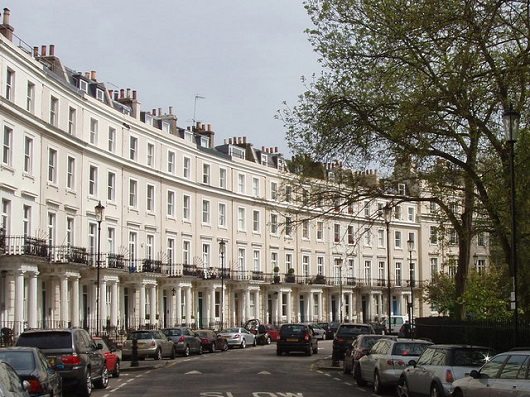Residential property sales in prime central London have dropped to a record low.
Analysis of Land Registry data shows that the average price of a residential property in prime central London has now exceeded £1.8 million for the first time, despite Brexit uncertainty and high stamp duty costs.
The latest increase in property prices in central London to £1,818,262 is the highest level on record and 2.5% higher than the previous peak in 2014.
The rise in values is owed in part to a surge in transactions in the final quarter of last year, with an additional 118 sales recorded in the fourth quarter of the year, up 19% compared with the previous quarter, although was still down 33% on the same period in 2015.

But the study by London Central Portfolio has revealed that overall prime central London property sales fell 28% last year to just 3,330 – the lowest number on record.
This is equal to 64 sales a week and half the volume registered 24 months ago.
But despite taking a big knock following last April’s new additional rate in stamp duty and the shock of Brexit, LCP believes there is cause for optimism following the recovery in the housing market towards the end of the year.
As an international buying market, the weakness in sterling, combined with the Trump-effect and increasing instability in Europe, appears to have drawn investors back to prime central London as a safe haven asset class, according to Naomi Heaton, CEO of LCP.
She said: “The uptick has been led, in particular, by Kensington and Chelsea which saw a 24% quarterly increase in prices.”
But it appears that the domestic market is still struggling, as reflected by a sharp decline in transactions in Greater London, where average prices took a hit across the year, finishing 3% lower than in January.
Heaton added: “Salary caps on mortgage lending, which do not reflect the ratio between house prices and earnings, are hampering buyers to get on the housing ladder and their ability to trade up.
“This has been exacerbated by the failure to meet affordable housing targets, a trend which shows little sign of reversing.”